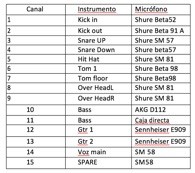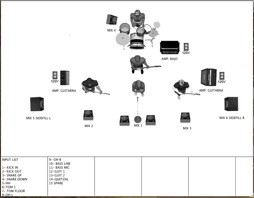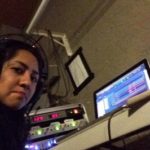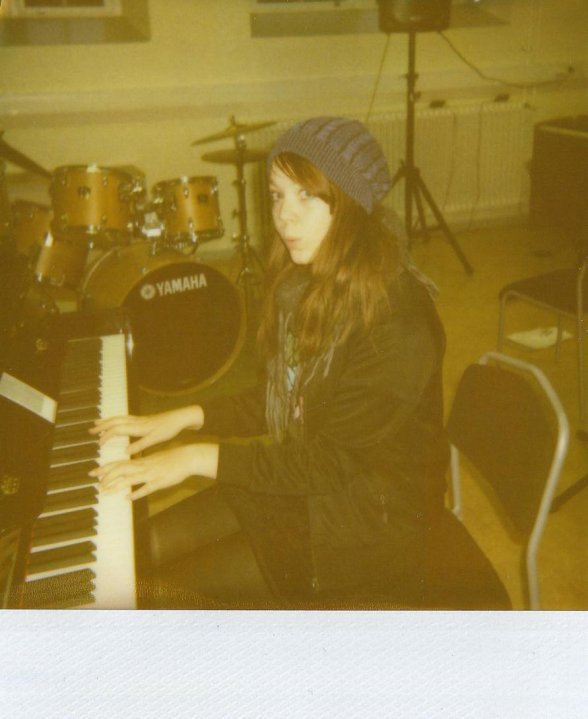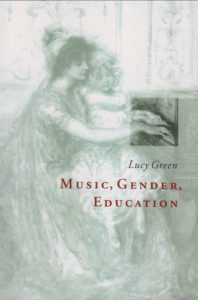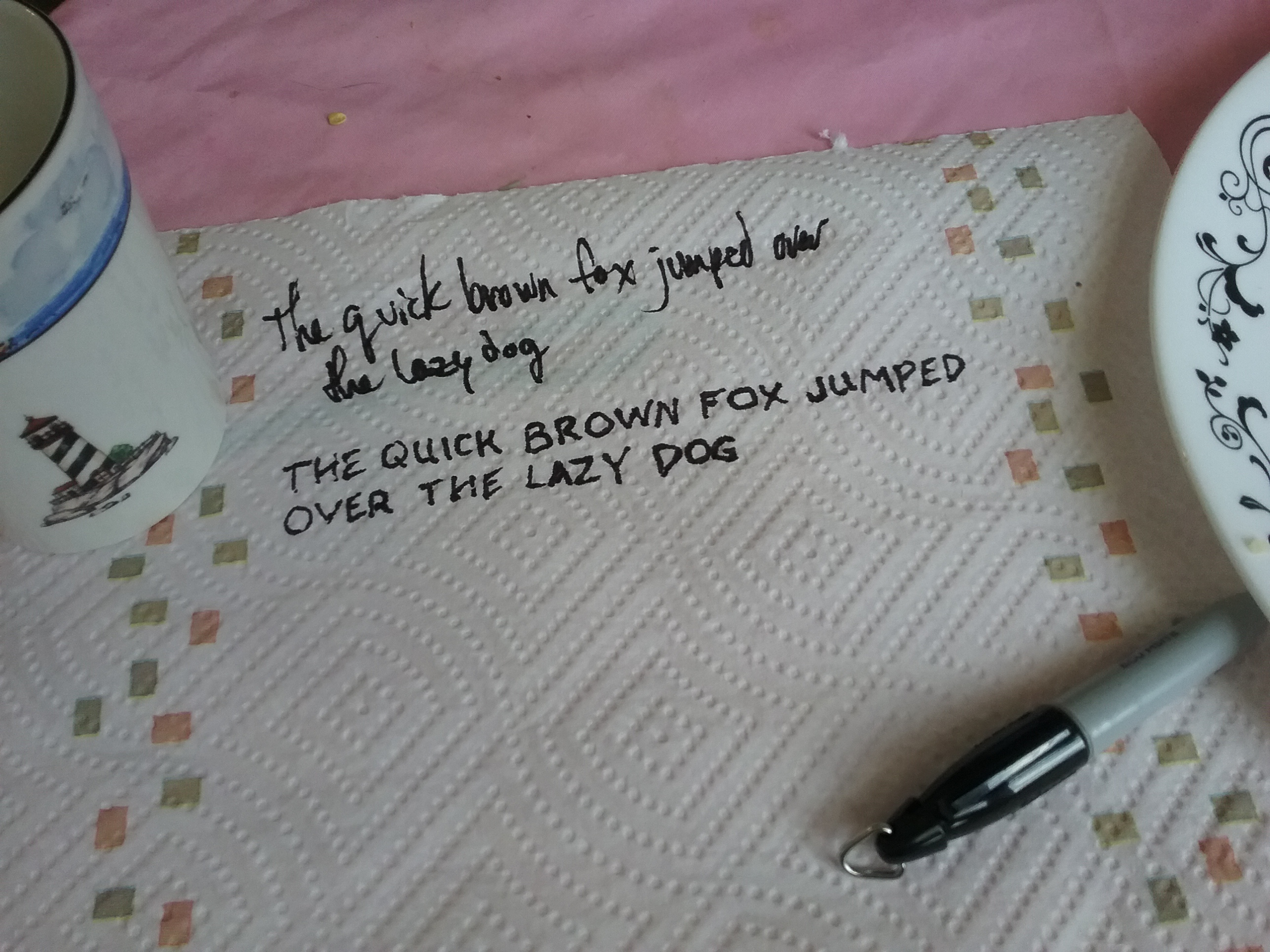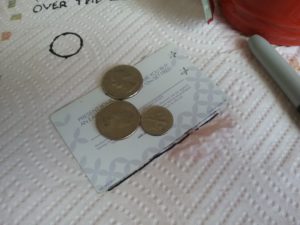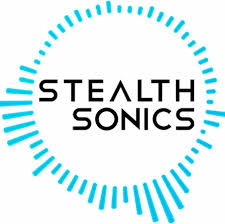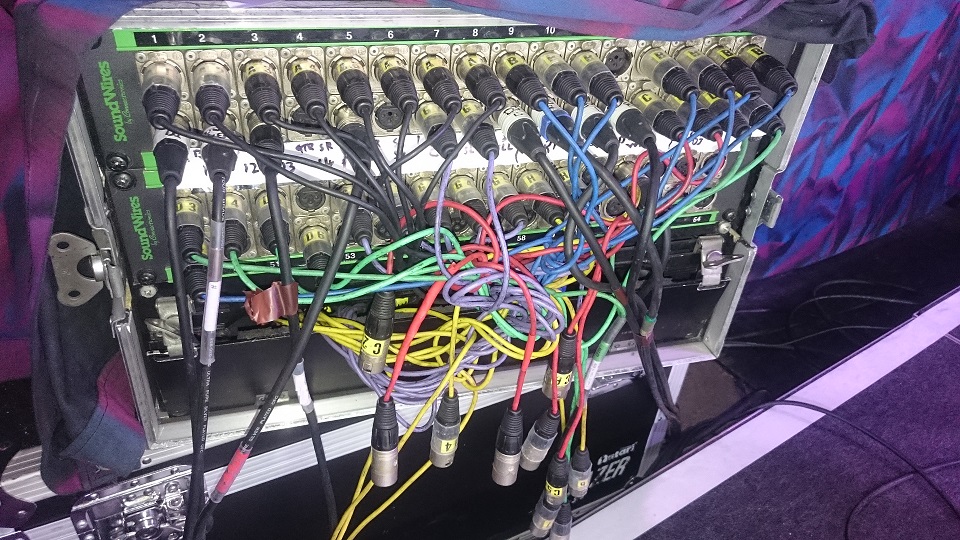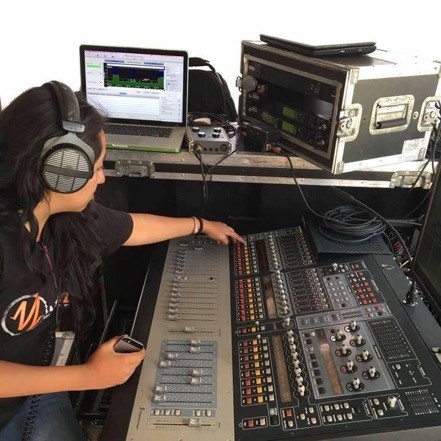
Tips to Improve Workflow When Mixing FOH
In my opinion, the dream of every sound engineer is to achieve a high impact mix that provides the audience a great concert experience. Therefore we must take into account a series of considerations.
Having a good position for FOH, so you have a real reference of the system, it is important to remember that there is more than one point where the audience is listening.
Make sure you a system that has proper coverage and is aligned and optimized. We must be aware that our mix will reach every listening point and having proper optimization will help us avoid cancellations that hurt audio quality.
Having a solid understanding of the input gain (gain structure). Understanding how our tools work technically (consoles, processors, among others) we help us achieve a dynamic mix with plenty of headroom.
Solving these issues beforehand will allow us to focus on mixing the show. However we do not always have the best work tools, but by keeping the bases clear, we can solve technical difficulties as they arise.
These are some of the techniques that have worked for me when mixing Sala.
Attend the rehearsals- it is essential to be in contact with the musicians and the project in general, you should pay to the performance of the musicians, knowing the musical repertoire and the feeling and dynamics expressed by each song. We have an obligation to learn what our artist or musical group wants to reflect to the public
Recording multitrack sessions is something that has worked for me, and I highly recommend it. With the session files, you will have the ability to practice and study, learning where solos take place and you can learn the dynamics of vocals and instruments. The more you learn the music the more ideas you will get in order to achieve a high impact mix. You will also be able to set up your workflow (you can set up files for different digital consoles using their offline editors) and speed up your workflow during soundcheck and the show.
Experiment with different microphone techniques – There is a wide variety of microphones to choose from, take into account the following characteristics: sensitivity, polar pattern and frequency response. You can select microphones that best suits the artists and their sound. You do not always have the time to experiment during a soundcheck, so make sure you determine the best microphone positions beforehand.
The stage plot and input list- is a must for the engineers. Having an accurate and current input list and stage plot is a must.
How to Make a Stage Plot and Input List.
List of Software and Apps to make a stage plot
We do not always have the possibility of finding the desired team, but by studying hard, training, and practicing, we can solve every obstacle.
Originally from Mexico City, she began her audio and production studies in 2013 at G. Martel University. She took part in a series of courses that opened the doors to the music industry, such as Mixtlán, Meyer sound, Shure learning center, liveS, among many more skills that contributed to her job growth, she is currently studying engineering in mechatronics. Samantha is now an independent sound engineer.
